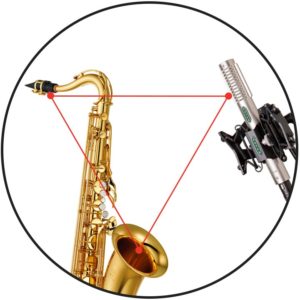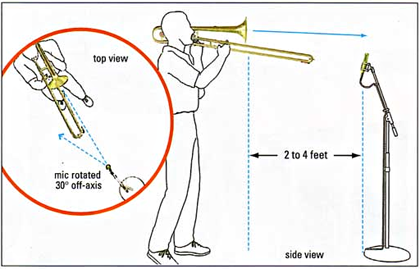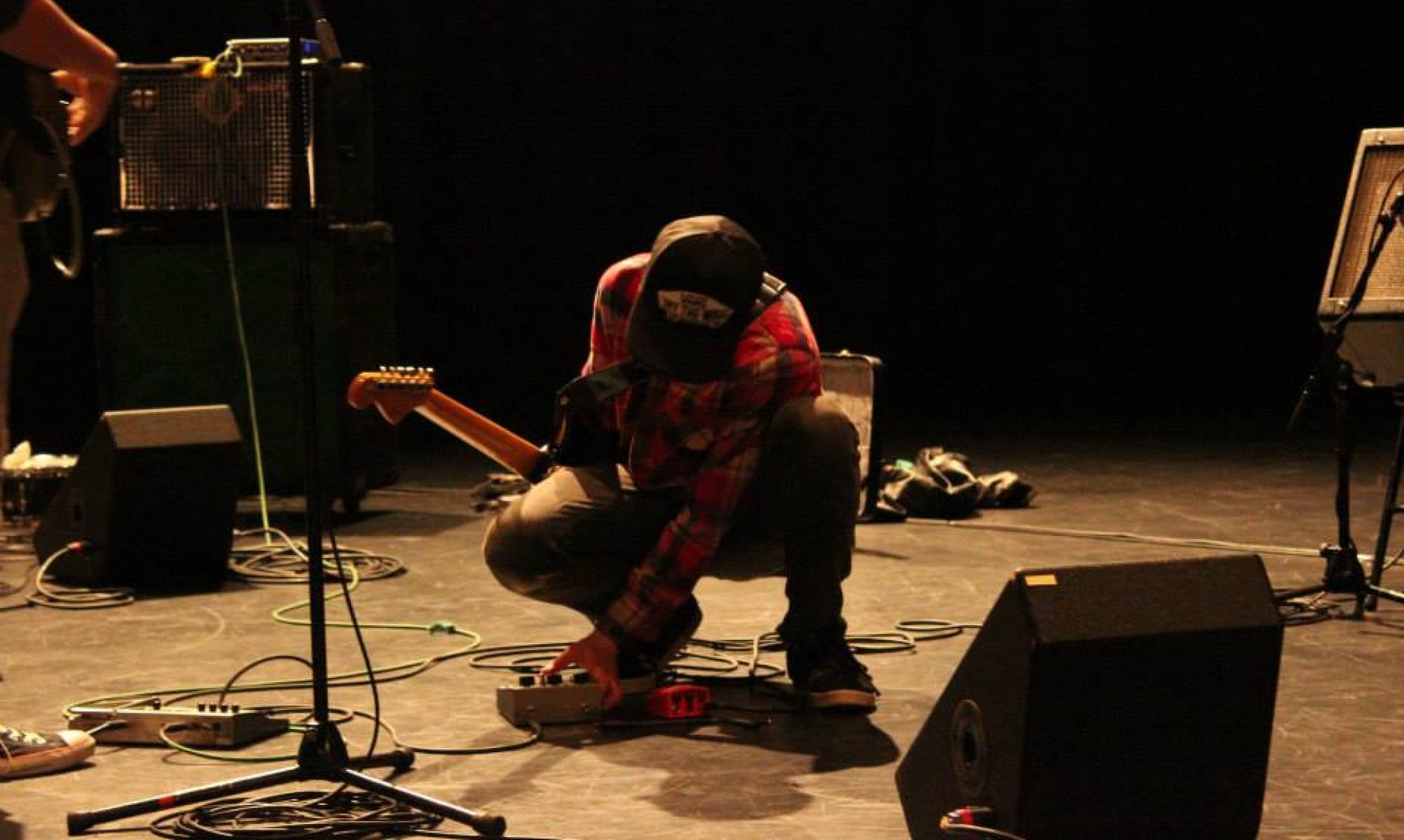mixing guitar.
Ableton mixing techniques
This link provides a brief overview of the main mixing techniques used in Ableton to help you get started with mixing .
click here
this website includes:
- EQs
- Compressors
- sidechains
- Utility
- grouping tracks
- warp
- etc
Ableton Mixing Tips
This guy has a strange start but the video is in depth and goes over many tips to use during your mixing sessions.
Guitar Recording Techniques
Usually electric guitars are recorded with a dynamic microphone, with it being right in front of the amplifier. Experiment with the distance between the microphone and the amp and see what you like the most.
Condenser microphones are usually used for acoustic guitars. There is a little bit more creativity when it comes to acoustic guitars. The diagram below shows how the sound will change depending on the location of the microphone. The most important part here is to not put the microphone too close.

Condenser microphones can be used (for all types of guitars) and placed further back from the source to pick up the reverb that is created by the room.
If you have two amplifiers, or an amplifier with more than one speaker, you can record each speaker with a 2 different microphones (make sure they are the same model) on 2 different channels. After that you can pan one far left, and the other far right, this will create a strong stereo effect.
Best Micing Technique For Oboe (resource)
Piano Recording Resources
Type of sound:
You’ll need slightly different setups based on the type of sound you’re going for.
In my case I’m going for an accompanying background sound, which should be somewhat soft. This can be achieved by playing the piano slightly quieter rather than all out loud piano.
Upright Piano Recording Samples:
- The bigger the room the better
- Condenser or Ribbon Mics yield the best sound for piano, ideally cardioid as well
In order to get the sound needed from above, either place a pair of microphones on the outside of the instrument for a more natural sound, or just one. They should be cardioid condenser mics like stated before. The mic(s) should be placed close but not too close, and placed either close to the front or back of the piano for a singular mic or in both spots for two. Optimal distance is 8 inches (more or less) for the most dynamic sound. The piano can also be opened. In most cases, you can put a mic on top of the piano.
In short, all you really need is the piano, condenser mics that have a cardioid setting and distance proportional to the volume of the piano you want.
https://lh3.googleusercontent.com/proxy/xv4YFVzD90aNl6pLXfGXUdJ1WPw70piG9MRFCfV-pfNrLeC2Y13BGo35F5Nd2Y5LuUVr4r9RXAVzLDtNNAgAHBfYhPWfIRfXJBGhHsvsTPvS8uWHYBkYXA
https://www.audio-technica.com/en-us/support/basic-recording-techniques-wpiano-sound/https://www.dawsons.co.uk/blog/how-to-record-piano
How To Mic An Oboe (and woodwind respectively)
Piano Microphone technique
Spaced Pair (A/B) Technique
Two cardioids spaced a foot or two apart are placed at or around the unhinged side opening of a grand piano. The mic closer to the keyboard can be thought of as a treble mic, the other as a bass.

How it works:
Recording/Miking an Alto Saxophone

The diagram shows the optimal microphone placement. Microphone Positioning for Saxophone is important as the sound is not solely located at the opening, it is also emitted from the opening and closing valves. This Microphone placement should pick up all sounds.
A Ribbon microphone is suggested for the best possible sound.
Sources:
Recording/Miking A Trombone

The diagram displays the optimal way of recording a Trombone
The Common consensus for the best type of microphone to use is a ribbon microphone, as they are known for recording the sound closest to what our ears hear.
Sources:
